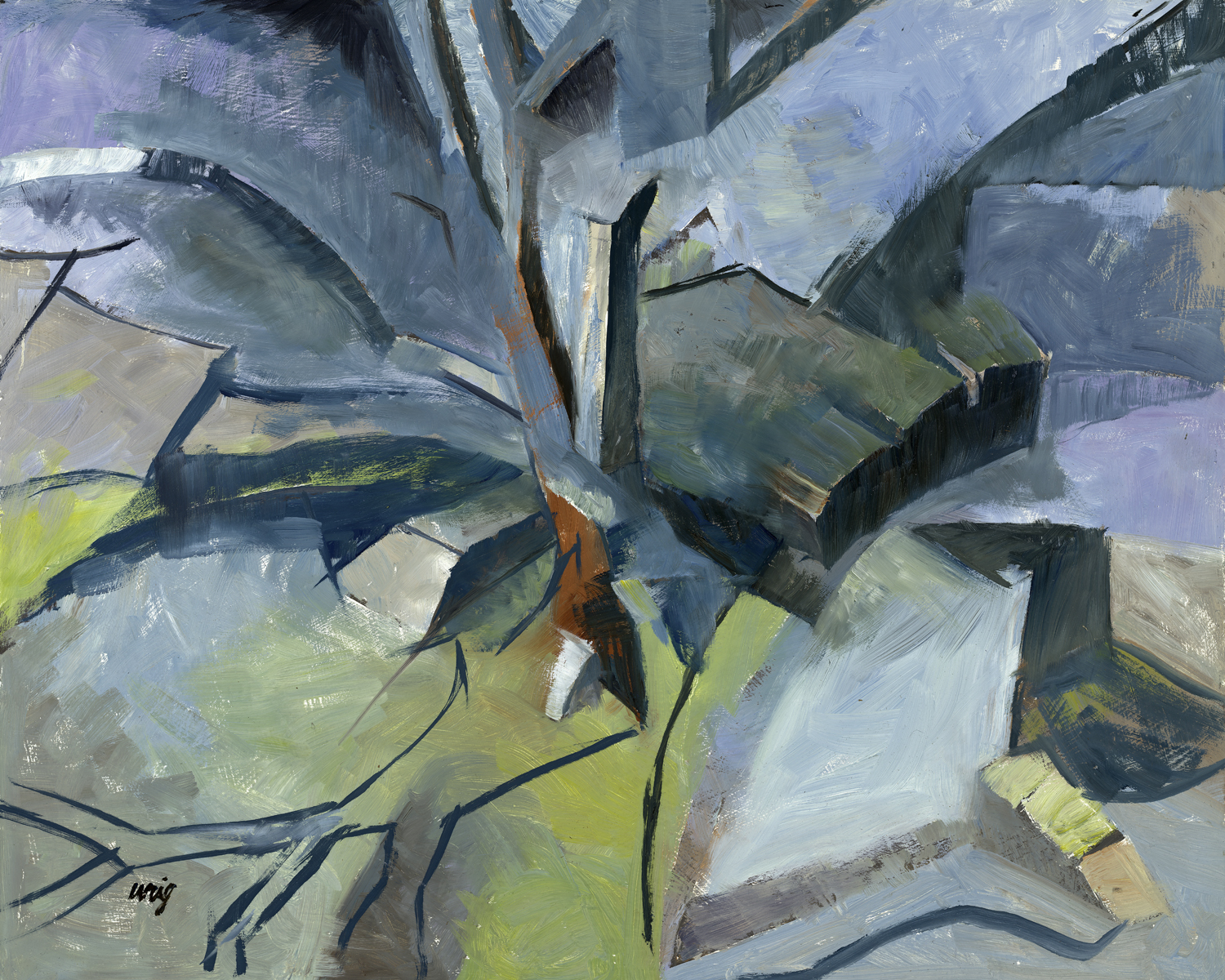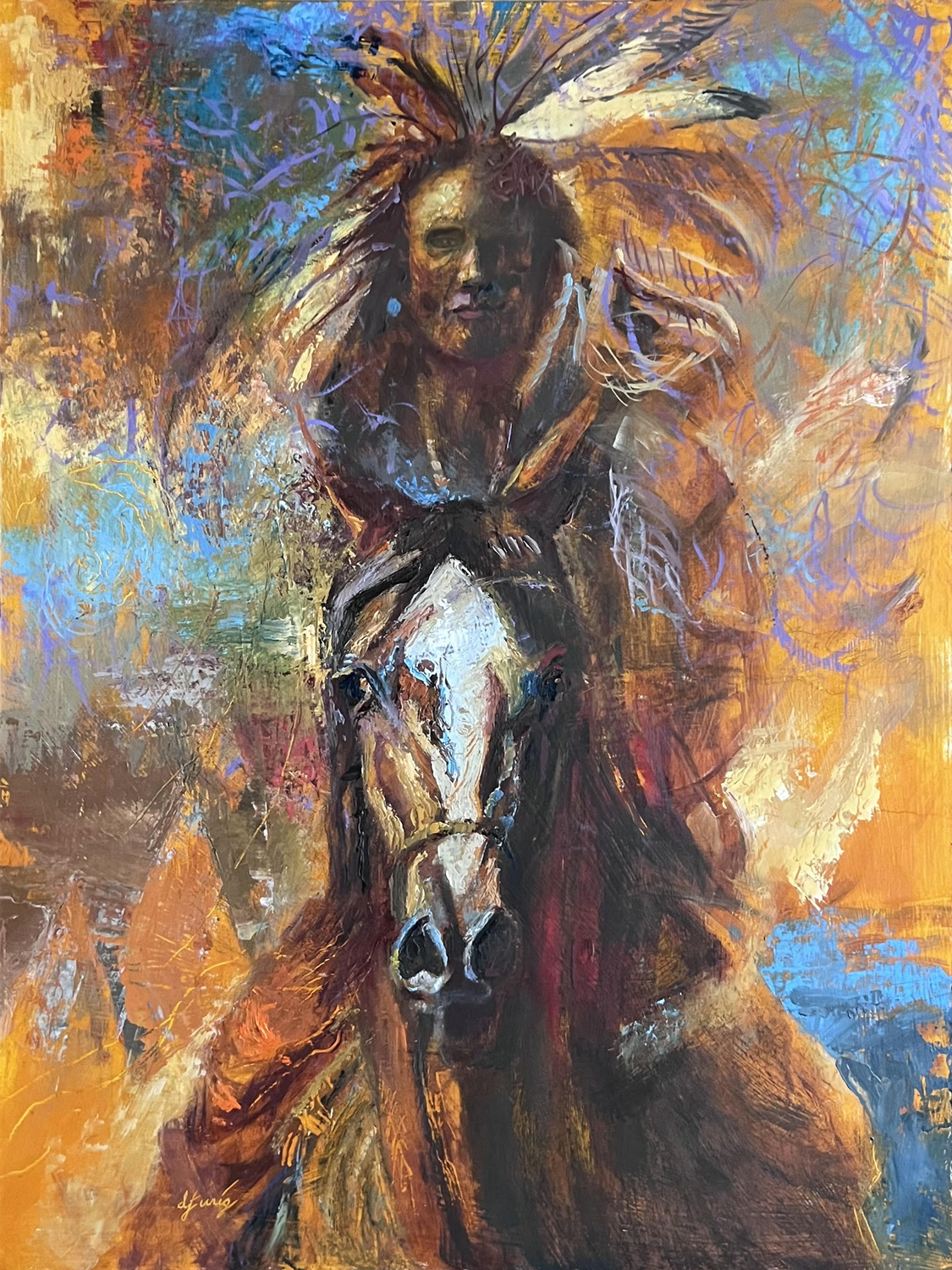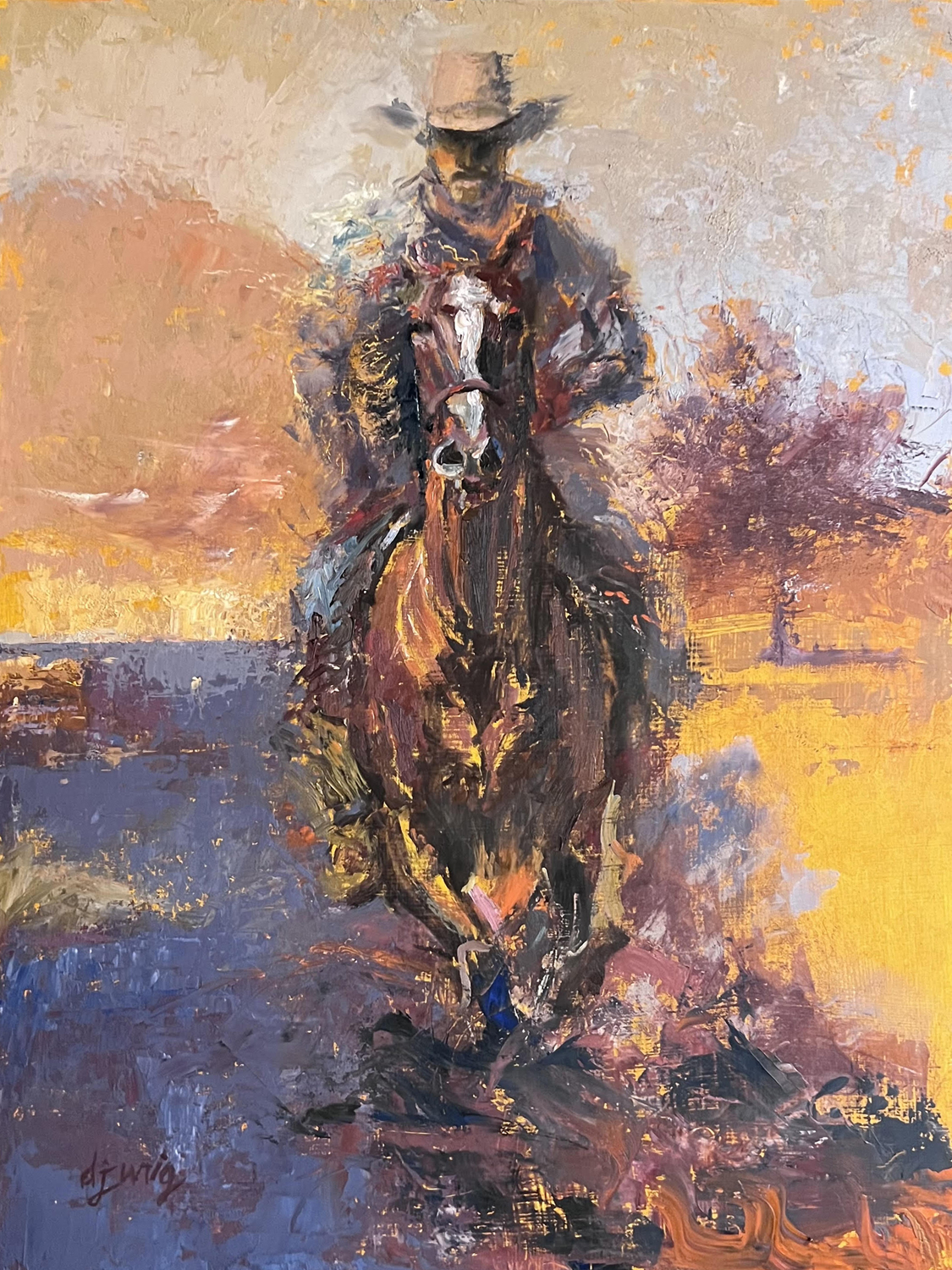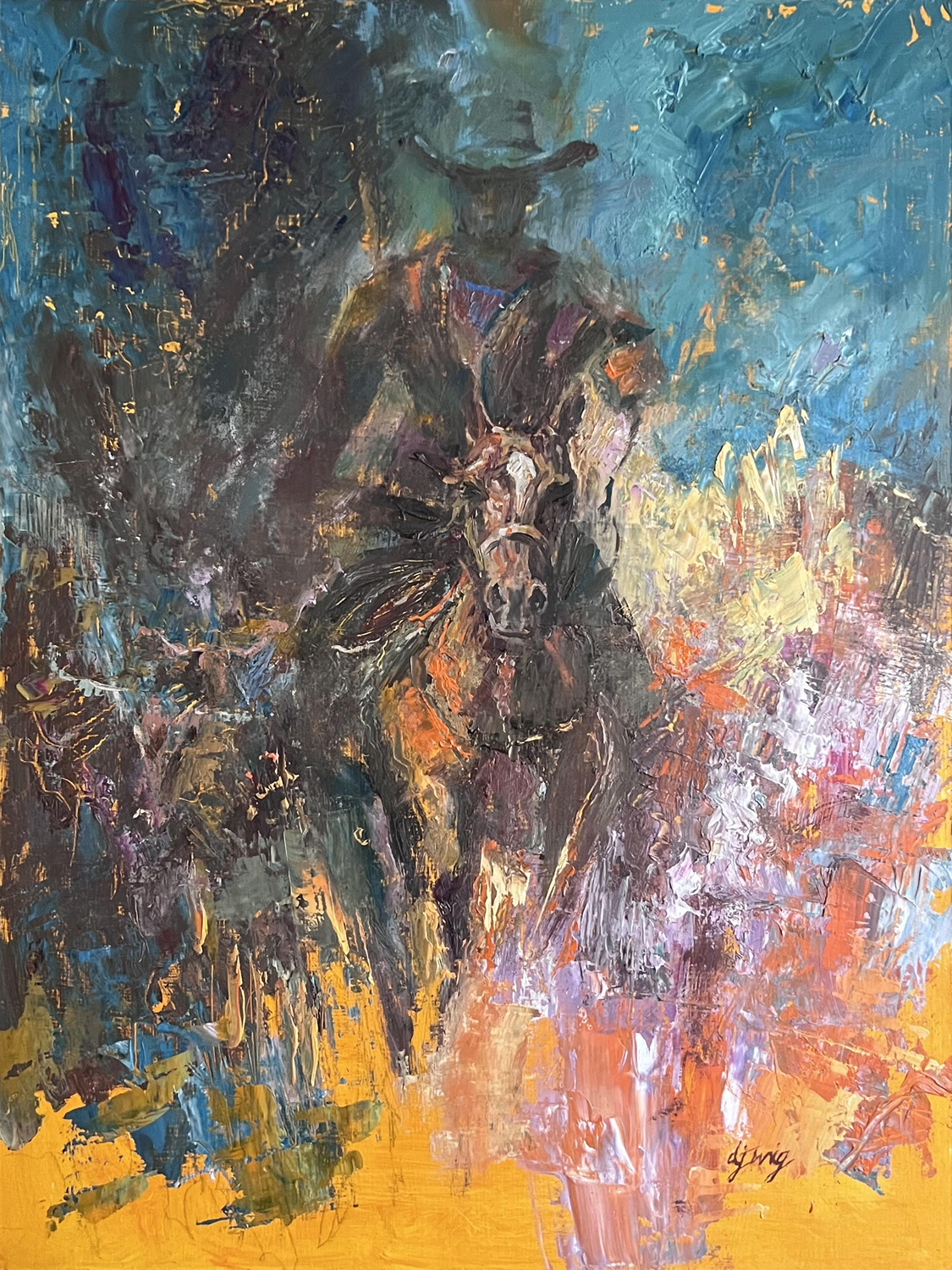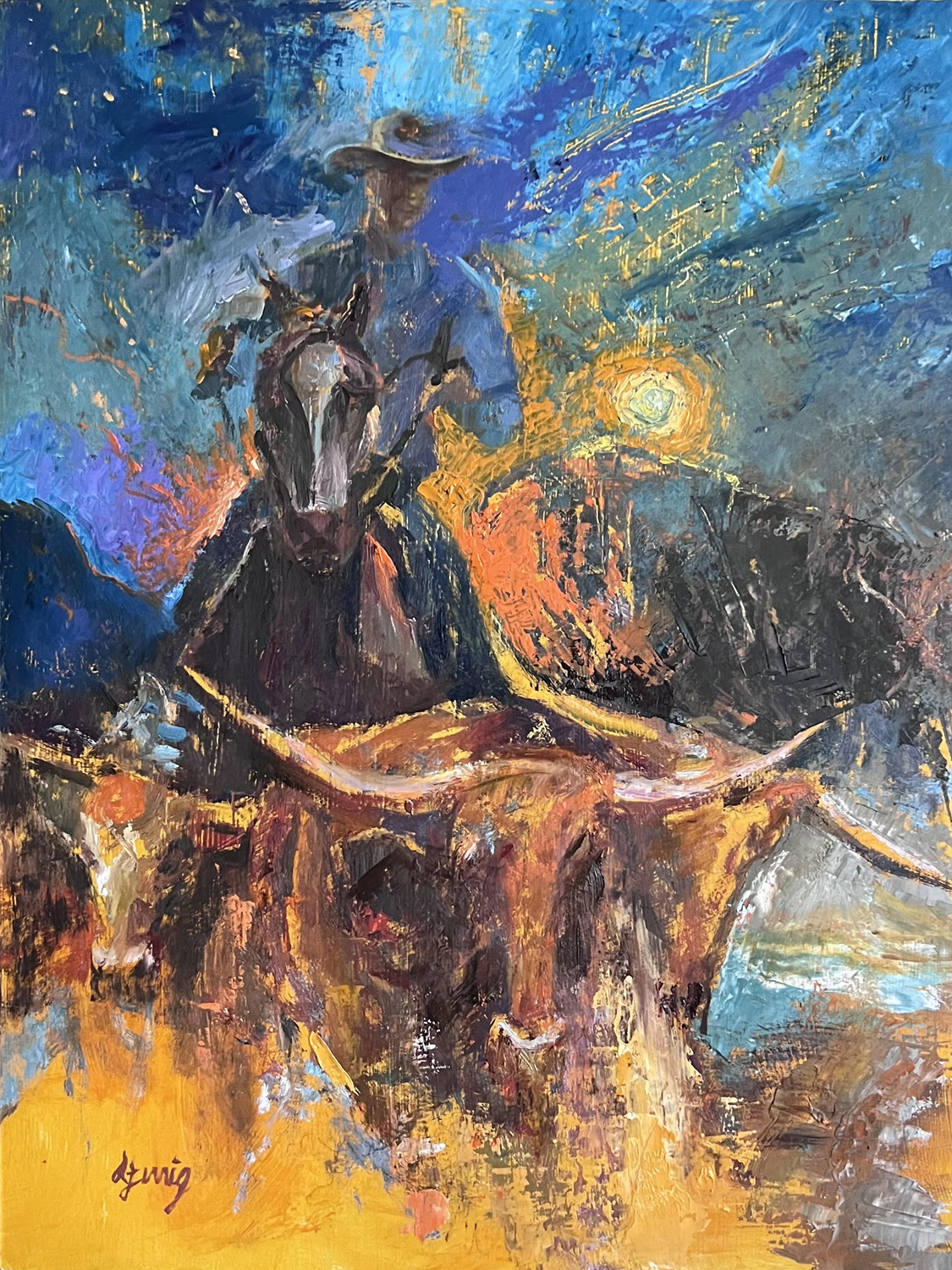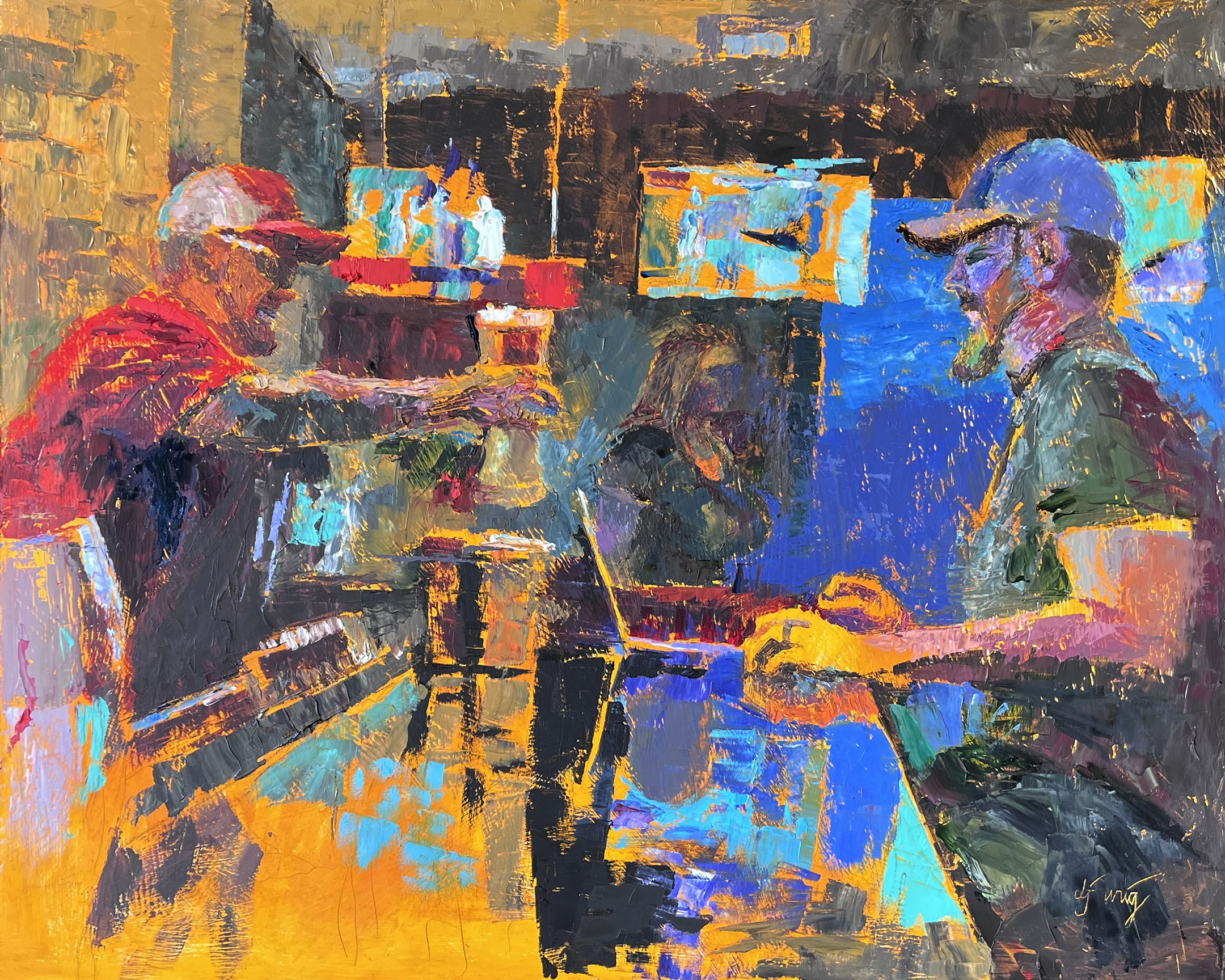Artists spend their lives searching for praise and appreciation for their work. Most don’t ever find it. For some, it comes posthumously. For the lucky few, they find it within their lifetime.
The point is: most artists spend their lives struggling. Although people admire their work and devotion to their craft, they seem to have little respect for the artist themselves.
Most people get steady jobs after they finish high school and college. For them, their career is only a means to sustain their family’s lives. But for an artist, their work is their life’s passion. Unfortunately, artists don’t always enjoy the steady stream of income that those who take corporate jobs do.
Whether it’s their lower income or lack of steady work, artists find themselves under-appreciated in the corporate world. Although museums, festivals and galleries showcase their work, the artist rarely profits, both personally and professionally.
When one thinks of art, only some names come to mind: Monet, Picasso, Da Vinci and Michelangelo, to name a few. Although each of these artists achieved notoriety (some posthumously) with their work, they struggled.
Monet’s famous piece, “Women in the Garden” (1866-67), took him about two years to finish. The canvas was 2.5 meters tall, and in order to paint the entire piece outside, he dug a trench in his garden and devised a pulley system to lower and raise the canvas. Although he labored over this piece for years, the Academie de Beaux-Arts denied the painting’s entrance to the Salon (art exhibit) of 1867. The Academie’s denial of his painting devastated Monet, as he had devoted a huge amount of time, money and energy to this piece.
Instead of changing his work to suit the Academie, Monet, along with other artists, seceded from the mainstream artistic community (the Academie) and founded the Impressionists. These men gained the acclaim that all artists desire, but only after a period of struggle.
The subjectivity of art, as evidenced by Monet’s clash with the Academie, is a big part of why artists struggle. By the nature of their work, artists are slaves to the likes of the consumer and viewer. Choosing to conform to the wants of the consumers can benefit the artist, but even if their work is “en vogue,” they still seem to financially struggle.
Although artists are the ones who preserve and enhance the culture of towns, cities and countries, they’re highly under-appreciated. If the everyday businessman or woman can make a steady income, why can’t the everyday artist?
…Maybe their pursuit of a career that they love is comparable to a monetary reward?
But I think that’s just a cop-out!
© 2010 Daryl Urig, All Rights Reserved
To view more paintings:
Recent work: https://www.darylurig.com/2010-paintings.aspx
Blog: http://DarylUrig.com/blog
Website: http://DarylUrig.com
Enlist Urig for your next Historic Event Painting: https://www.darylurig.com/historic-event-oil-painting.aspx
More on Daryl Urig:
Interview & Bio: https://www.darylurig.com/about-daryl-urig.aspx
Purchase:
Price: Contact: Robyn@DarylUrig.com
American Oil Painter Daryl Urig is a member of The Portrait Society of America, Oil Painters of America and Cincinnati Art Club. He has taught at the University of Cincinnati for over 8 years and is president of Total Media Source Inc.
View his Exhibit and Awards by clicking here.
Subscribe to Daryl Urig’s “The Adventure of an American Oil Painter” Blog by Email



